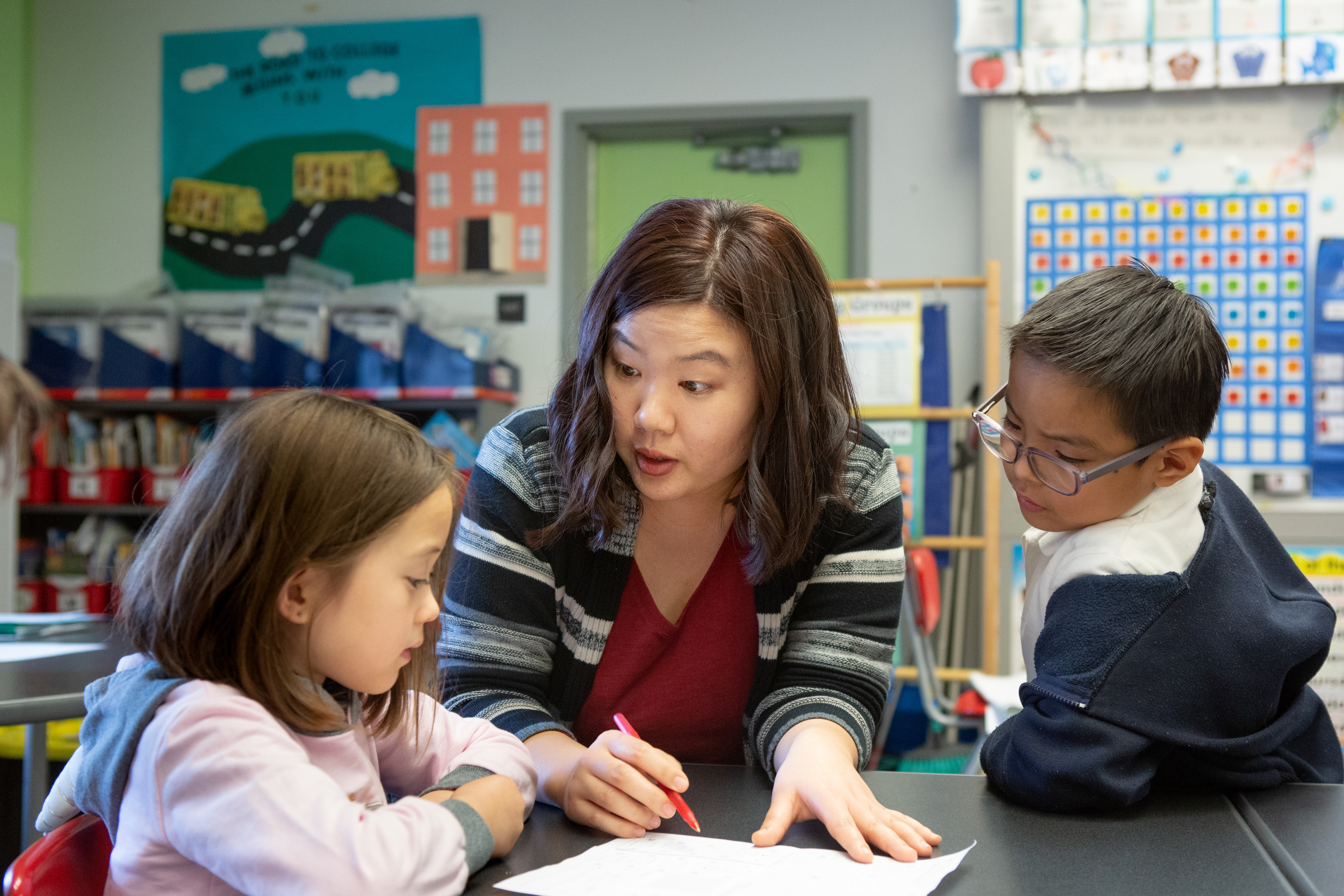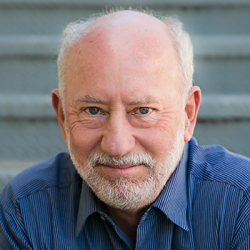(Originally posted at DefinedLearning.com)

As a long-time advocate for project-based learning, I often find myself reading something that makes me think, “sounds like PBL to me!” even when there’s no mention of it. Well, it’s happened again.
In a fascinating March 25, 2022 blog post on Edutopia, “The Research on Life-Changing Teaching,” authors Youki Terada and Stephen Merrill reviewed over 20 studies of effective teaching practices.
They identified eight “fundamental levers that teachers can pull to refine their practices, improve their craft, and make a significant—or even life-altering—contribution to the lives of their students.” Here are the aspects of them that align with what I know about high-quality PBL and project based teaching.
1. Always be collecting (targeted) feedback.
Terada and Merrill talk about getting feedback from students, which is what effective PBL teachers do during and at the end of every project.
“Reflection” is one of the six criteria in the HQPBL Framework, and teachers are encouraged to provide structured opportunities for students to take a pause during a project to think about and discuss how it’s going. If the project needs adjusting (its time frame, products, resources, etc.) the teacher hears it and acts upon it.
At the end of a project, students and teacher(s) reflect and report (in a discussion and perhaps a written survey) on what worked, what didn’t, and what could be improved next time.
2. Attend to relationships (and classroom culture).
Two of the seven project based teaching practices directly connect to this finding: “Build the Culture” and “Engage and Coach.” The importance of teacher-student relationships is well-documented by research and well-known by effective teachers.
PBL teachers check in with their students often as they circulate the room during project work time. They create a learning community by building a productive and supportive culture through shared community agreements or "norms."
My “sounds like PBL!” bell was especially rung when Terada and Merrill suggested “allowing your lessons to emerge from the interest of your students.” That connects to the fundamental importance of authenticity in PBL.
As the HQPBL Framework puts it, authenticity means “students work on projects that are meaningful and relevant to their culture, their lives, and their future.” PBL teachers often engage their students in choosing project topics and co-creating driving questions.
3. Don’t give an inch on standards.
“Relationships matter—but they’re not a substitute for rigor,” say Terada and Merrill.
There’s an old stereotype that PBL is mostly about soft skills and engagement and ignores content and rigorous learning. I hope by now we can agree that has been thoroughly debunked.
The Buck Institute for Education subtitled its 2003 edition of the Project Based Learning Handbook “A Guide to Standards-Focused PBL” and has been sounding that drumbeat ever since. High expectations are central to the first criterion in the HQPBL Framework: Intellectual Challenge and Accomplishment. Recent research demonstrates PBL’s effectiveness for improving student achievement, even on traditional test-based measures.
Terada and Merrill offer three tips under this finding:
- Be direct: communicate high expectations to students. This connects to the Project Based Teaching Practice “Engage and Coach” which emphasizes the need to be a “warm demander.”
- Embrace “productive failure.” The authors point to research studies that found “challenging problems that resulted in “productive failure” actually drove deeper learning than simpler, highly scaffolded problems that reliably produced correct answers.” PBL is, of course, based on the former type. And I’ve seen “we fail forward” on the list of norms in many PBL classrooms.
- Avoid busywork and remedial work. Again, a clear connection to PBL, since all the work students do during a project is purposeful — meaning it’s connected to answering a driving question, solving real-world problems, and creating public products.
4. Make your classroom management “invisible.”
In a well-managed classroom, say Terada and Merrill, “proactive strategies that emphasize strong relationships are quietly at work behind the scenes, putting a stop to student misbehavior before it gets started.”
One of the tips they offer is “involve students in norm-setting,” which is a common practice in PBL classrooms. Moreover, using regular protocols and routines helps make a PBL classroom look, sound, and feel like a “healthy, productive workplace”—something Suzie Boss and I have noted when discussing the Project Based Teaching Practice, “Manage Activities.”
5. Humanize your teaching.
In this lever, the authors argue for paying attention to “the emotional world of students.” A PBL teacher is doing that when building a healthy classroom culture, and shifting from “the sage on stage” to more of a coaching role.
6. Check your biases.
Terada and Merrill point out that “bias is sneaky.” For example, teachers may have hidden biases toward students who are overweight or shy, and “racial bias is especially insidious and widespread.” One of their tips is another common practice in PBL: use rubrics that articulate clear standards to reduce bias in grading.
7. Authenticity + Passion = Success!
In the last lever Terada and Merrill identify, they note the importance of “being yourself” and being passionate about the material you teach. They paraphrase Sal Khan on making stronger connections to students by engaging in “messy, collaborative learning.” As any PBL teacher can tell you, all of the above are true in a good project.
The 8th lever is “Close the book on the day,” which is about the need for teachers to rest, have a separate home life, and replenish themselves after a busy workday. That’s true of PBL teachers too—so here’s to boundaries!

